Lempuyang Temple
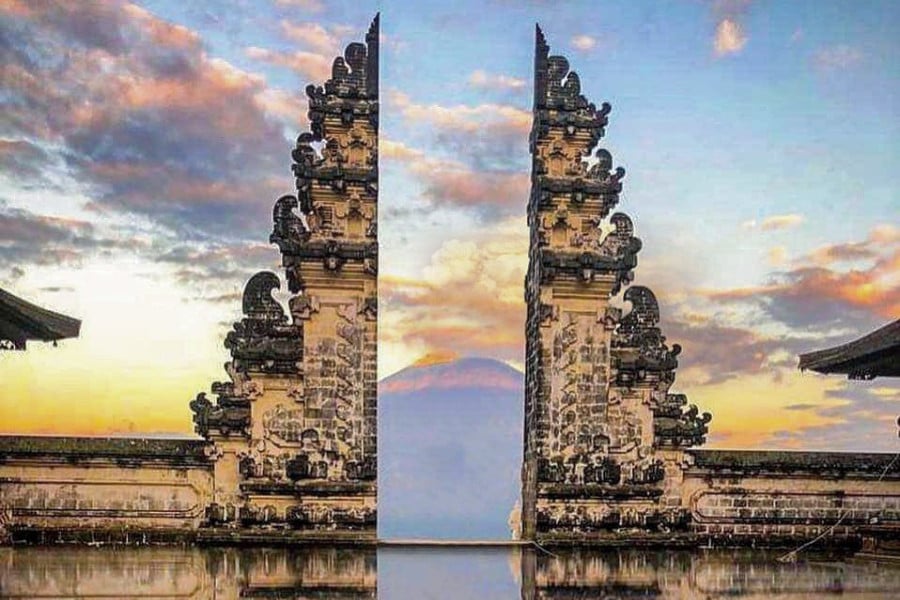
Bali’s Gateway to Heaven
Lempuyang Temple. Nestled high in the mountains of East Bali, Lempuyang Temple, also known as Pura Luhur Lempuyang, is one of the island’s oldest and most revered temples. Often referred to as the “Gateway to Heaven,” Lempuyang Temple offers not only a spiritual journey but also some of the most breathtaking views in Bali. This sacred site is part of a group of temples that lead up to the summit of Mount Lempuyang, providing a unique blend of cultural, religious, and natural experiences.
The History and Significance of Lempuyang Temple
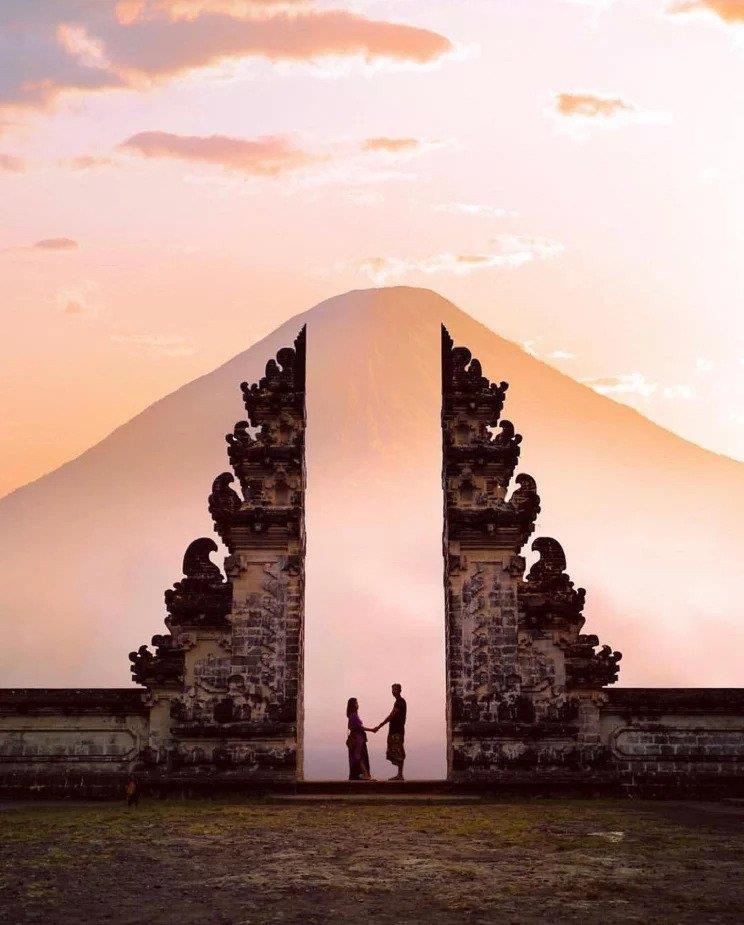
Lempuyang Temple is believed to be one of the six sanctuaries of the world, known as the “Sad Kahyangan,” which are the most sacred places of worship in Bali. These temples are said to be the spiritual pillars of the island, offering protection and balance. Lempuyang is particularly important as it is considered the gateway to heaven, with the temple itself dedicated to Ida Betara Hyang Iswara, a manifestation of the Supreme God in Balinese Hinduism.
The origins of Lempuyang Temple date back over 1,000 years, making it one of the oldest temples in Bali. The temple is part of a complex that includes seven temples spread along the slope of Mount Lempuyang, with Pura Luhur Lempuyang located at the summit. The journey to the top is both a physical and spiritual pilgrimage, reflecting the Balinese belief in the close connection between nature, spirituality, and physical endurance.
The Journey to Lempuyang Temple
Visiting Lempuyang Temple is as much about the journey as it is about the destination. The temple is located approximately 1,175 meters above sea level on the slopes of Mount Lempuyang, near the village of Tista. The journey to the temple involves a challenging climb of over 1,700 steps, which takes you through lush forests, past smaller temples, and offers panoramic views of the surrounding landscapes.
The trek to Lempuyang Temple is considered a pilgrimage, and many Balinese Hindus undertake this journey as an act of devotion. Along the way, you will encounter various shrines and small temples, each with its own significance. These stops offer a chance to rest, pray, and take in the natural beauty of the area.
For those who may not be able to complete the entire trek, there is the option to visit only the lower temples, including the famous Gates of Heaven, which have become a popular photo spot due to their stunning views of Mount Agung framed by the temple’s towering split gates.
The Gates of Heaven
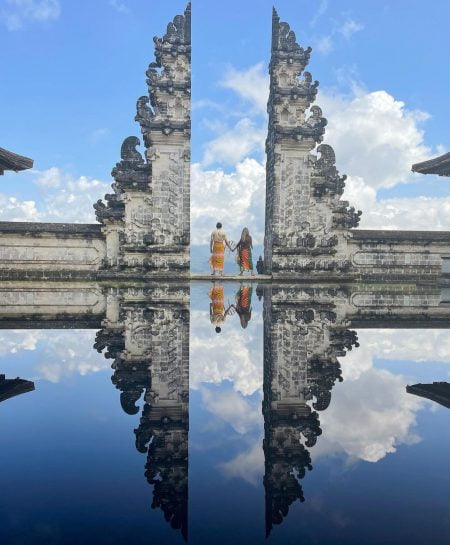
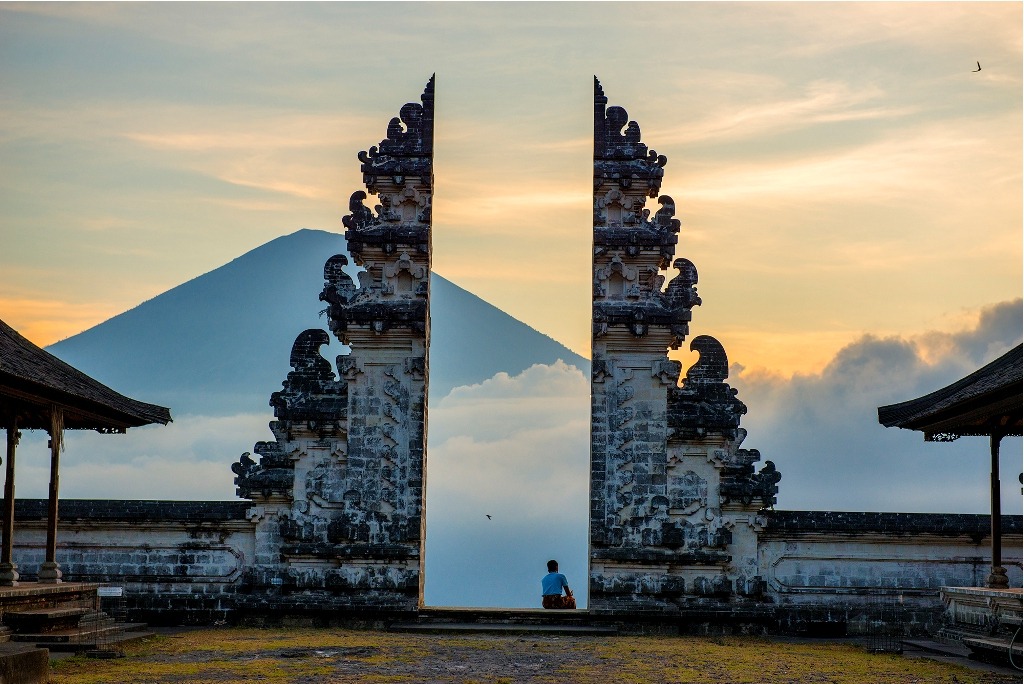
One of the most iconic features of Lempuyang Temple is the “Gates of Heaven” (Candi Bentar), the entrance to the temple that has captured the imagination of visitors from around the world. The gates are a classic example of Balinese architecture, featuring intricate carvings and towering pillars that frame the view of Mount Agung in the background.
The Gates of Heaven have become a symbol of the temple and are particularly popular among tourists and photographers. On a clear day, the view through the gates is nothing short of spectacular, with the towering peak of Mount Agung perfectly aligned within the frame of the gates. This spot has earned its reputation as one of the most Instagrammable locations in Bali, with visitors flocking to capture the surreal image of the mountain reflected in a pool of water that appears at the base of the gates.
Despite its popularity on social media, the Gates of Heaven hold deep spiritual significance for the Balinese people. The gates symbolize the passage from the physical world into the spiritual realm, and standing before them is considered an act of devotion and respect.
The Spiritual Experience at Lempuyang Temple

Visiting Lempuyang Temple is a deeply spiritual experience, offering a connection to the divine that is enhanced by the natural beauty and serenity of the surroundings. The temple complex is a place of worship, and visitors are encouraged to approach it with reverence and respect.
Before entering the temple, visitors are required to wear a sarong, a traditional Balinese garment that is tied around the waist. Sarongs can be rented at the entrance to the temple complex. It is also important to note that the temple is a place of active worship, and ceremonies may be taking place during your visit. Visitors are welcome to observe these rituals, but it is important to do so quietly and respectfully.
The climb to the summit of Lempuyang Temple is seen as a spiritual journey, with each step bringing you closer to the divine. The physical effort required to reach the top is symbolic of the spiritual effort needed to attain enlightenment. Along the way, you will pass through several gates and shrines, each representing a different stage of spiritual progression.
At the summit, Pura Luhur Lempuyang, the main temple, offers a place for prayer and reflection. The views from the top are breathtaking, with the surrounding mountains, forests, and the distant sea creating a sense of awe and tranquility. The atmosphere at the temple is one of peace and serenity, making it an ideal place for meditation and spiritual contemplation.
Tips for Visiting Lempuyang Temple
Visiting Lempuyang Temple requires some preparation, both physically and mentally. Here are some tips to help you make the most of your visit:
- Start Early: The climb to the top of Lempuyang Temple can take several hours, depending on your pace. Starting early in the morning is recommended to avoid the heat of the day and to enjoy the sunrise views from the temple.
- Dress Appropriately: As with all temples in Bali, modest dress is required. Be sure to wear a sarong and a sash, both of which can be rented at the entrance. Comfortable shoes are also essential, as the climb involves steep steps and uneven terrain.
- Stay Hydrated: The climb to Lempuyang Temple is physically demanding, so be sure to bring plenty of water. There are small stalls along the way where you can purchase drinks, but it’s a good idea to carry your own supply.
- Respect the Culture: Lempuyang Temple is an active place of worship, so it’s important to show respect for the local customs and traditions. Avoid loud talking, and do not disturb the ceremonies or worshippers.
- Be Patient: The Gates of Heaven are a popular photo spot, and there may be a queue to take pictures. Be patient and respectful of others who are also waiting for their turn.
The Cultural Significance of Lempuyang Temple
Lempuyang Temple is not just a tourist destination; it is a vital part of Balinese culture and spirituality. The temple’s location, high in the mountains, reflects the Balinese belief in the importance of sacred spaces that are close to the heavens. The journey to the temple is seen as a pilgrimage, a physical and spiritual challenge that brings the devotee closer to the divine.
The temple also plays a significant role in the religious life of the local community. Ceremonies and rituals are regularly held at Lempuyang Temple, particularly during the full moon and new moon, when Balinese Hindus believe that the veil between the physical and spiritual worlds is at its thinnest.
For the Balinese people, Lempuyang Temple is a place of protection and balance. It is believed that the temple helps to maintain harmony on the island, both spiritually and physically. The temple’s role as one of the Sad Kahyangan is to uphold the cosmic order, ensuring that the forces of good prevail over evil.
Lempuyang Temple is a place where the natural beauty of Bali meets the island’s deep spiritual traditions. Whether you are drawn to the temple for its breathtaking views, its cultural significance, or its spiritual energy, a visit to Lempuyang Temple is an experience that will leave a lasting impression. The journey to the top, with its challenging climb and the reward of stunning vistas, is symbolic of the spiritual journey that each of us undertakes in life. As you stand before the Gates of Heaven, gazing out at the majestic Mount Agung, you can’t help but feel a sense of awe and reverence for the sacred space that is Lempuyang Temple.


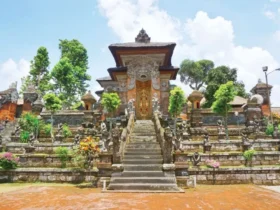
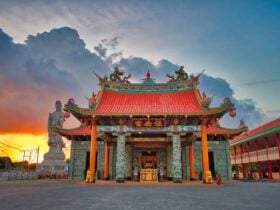
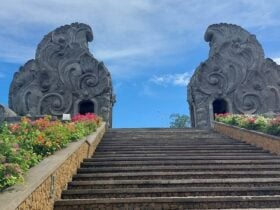





Leave a Review